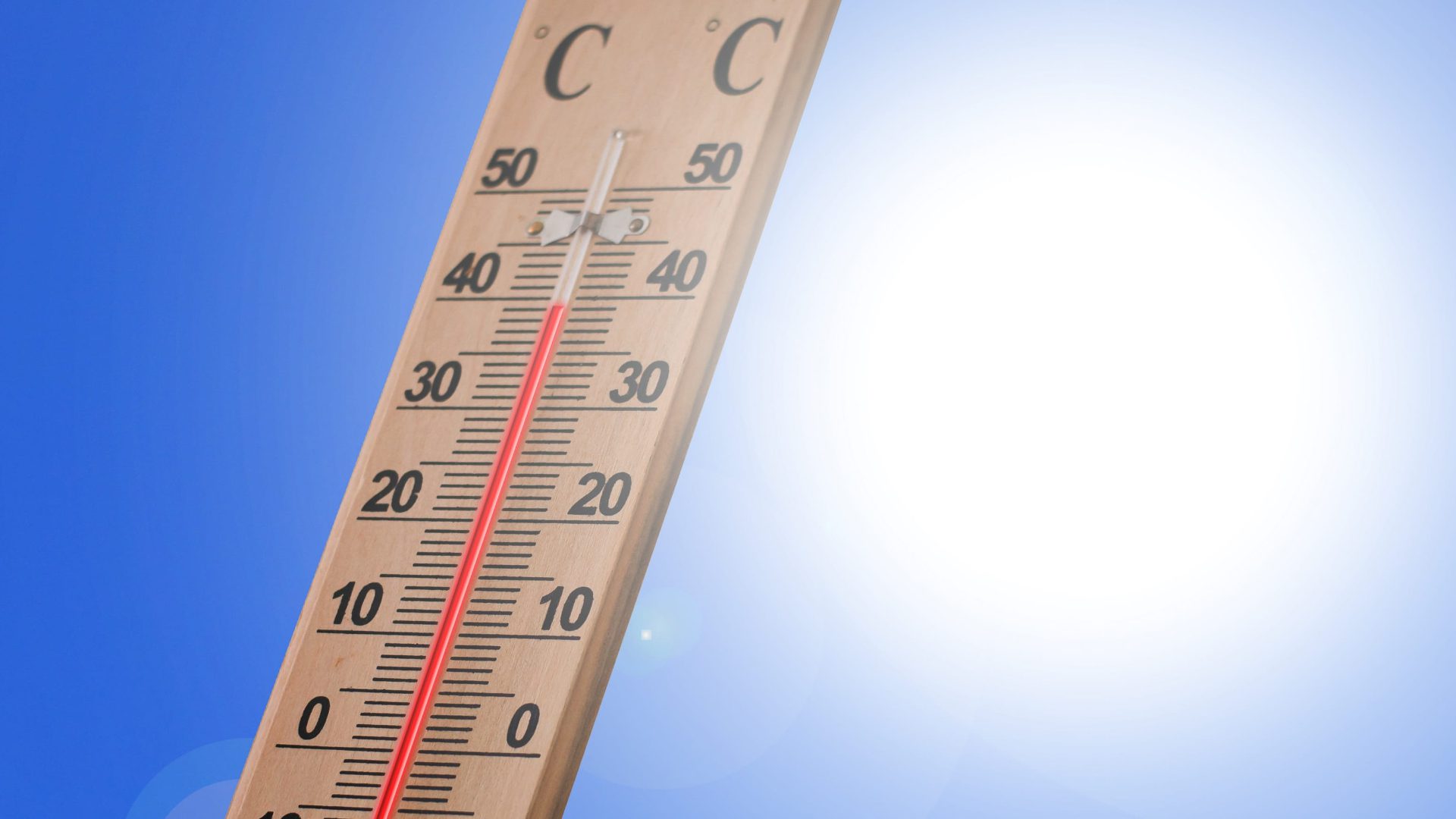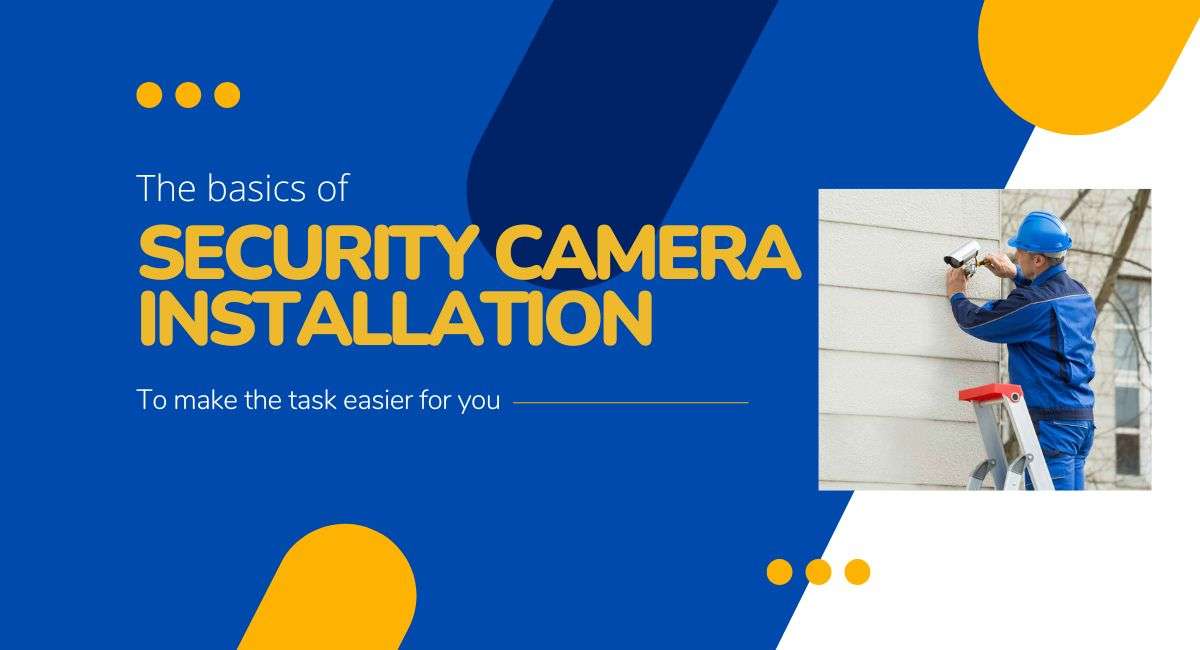So, summer’s rolling around and you need to escape the sweltering heat. Whether you’ve just moved into a home without a cooling system or you want to revamp your old one, you’ll need something to keep you cool and comfortable during the warmer months.

There’s no shortage of options available, but which one do you choose? Installing air conditioners and heat pumps is no small endeavour, so you have to choose wisely before you make that call. If you’re not familiar with the tech and appliances, you might want to learn a bit more about them. To help you get started, we’ve compiled a list of the most effective ways to cool your home and all of the pros and cons that come with each method.
Central air conditioners
Much like regular air conditioners, central air conditioners cool the inside of your home. They use a central coil to lower the temperature of the air, which they then distribute throughout the home’s interior. However, you only need one model for a whole home, as opposed to regular ones, of which some homes require multiple units. In many areas with a hot climate, people have an air conditioner in every room. With a central air conditioner, you don’t have to buy and install multiple units.
The cool air is filtered through the unit and distributed by central air ducts. While this does help keep your home cool, you can’t control the individual temperature of every room with most models. That means plenty of rooms that don’t need to be cooled will still drop in temperature. You’ll use a lot of energy while getting uneven temperatures across different rooms.

These air conditioners are especially good for those that have seasonal allergies. The central unit is much more efficient at filtering small particles than multiple regular air conditioners. Plus, it does the process continually, so you can breathe more easily whenever you’re inside your home.
Maintenance both is and isn’t an issue with central air conditioners. They require more upkeep than single units, but they’re also a lot easier to fix. As they’re the most common form of home cooling, maintenance experts often have tons of experience with taking care of them. They’re also a lot easier to install, so you don’t have to worry about problems right at the start.
Central air conditioners are often recommended for large living spaces that would otherwise use too many ordinary air conditioners. For small apartments, they might not be the most efficient choice.
Heat pumps
A heat pump cooling system cools your house in a straightforward way. All it does is pump heat from one area to another. Compared to most other cooling methods, it’s a rather efficient system that helps conserve energy. This means it doesn’t cost a lot to use a heat pump. Plus, the process works both ways. You can use it to heat your home just as well as you can to cool it. While they are efficient, they don’t work in extremely hot and conditions. If there’s nowhere to take the heat from or nowhere to leave it, the pump can’t be very effective.
Another downside to heat pumps is the installation cost. You need to make a pretty big investment to introduce a heat pump to your home, even though it might pay off in the long run. Once installed, a heat pump needs about as much maintenance as a central air conditioner. Unfortunately, many technicians lack experience in installing and fixing heat pumps.
The noisiness might also be a factor. While working, they create plenty of noise, which can prove to be irritating. Large enough heat pumps can actually annoy your neighbours, which could be a problem. On the other hand, they don’t take up much space, so you can install them in convenient places. The further away from your bedroom and the neighbours, the better.
Fans
Fans are an especially popular and old-timey way to keep cool in the summer. They’re straightforward and don’t take up a lot of space. A fan might seem like an outdated and ineffective form of cooling down a home, but that’s a misconception. The reason so many people used fans before is that they actually do a good job of making homes more comfortable in the heat.
While a fan makes a cool breeze, it doesn’t actually lower the ambient temperature of a room. What you feel is the sweat evaporating from your body, and moving the air around helps complete this process more quickly and efficiently. It’s a process we call convection, and fans rely on it to keep us cool. Since there’s no cooling process involved, the fan uses drastically less energy than most of the other devices we’ve mentioned.
There’s also no installation required for a regular room fan. If you want to install one on the ceiling, it’s as trivial as adding any other fixture. You just have to make sure it can’t bump into anything while it spins. When you take all of this into consideration, fans are arguably the cheapest and most efficient option for cooling your home. There are no massive installation or cooling costs, and the maintenance isn’t too much of a problem either. A fan can break down, but it’s relatively simple to repair and it gets back to work immediately.
The biggest downside to fans is their effectiveness. For extremely hot and humid areas, a fan will do next to nothing to cool you down. At best, it may feel like it’s generating heat and blow hot air in your face. This is why they’re recommended for low-humidity areas and spaces that lack adequate ventilation systems.
Evaporative cooling systems
One of the rarer options on our list includes the evaporative cooler. It works by drawing in air from your home via a central fan and combining it with moisture. The moisture helps cool down the hot air, which is then sent back inside your home. They quickly lower the temperature of a home and do it while using minimal energy.
Many homes use an evaporative cooler because it’s one of the more efficient options when it comes to electricity usage. This is possible because of the cooler’s small number of moving parts. Most of the work is done by the moisture that it saturates the air with. However, the moisture has to come from your home, which means you’ll have to expend a moderate amount of water to keep it running.
Homes in dry climates are the best match for evaporative coolers. Since the machine adds moisture to the air, you can keep the air from being dry and affecting your skin. The cooler doesn’t work both ways, so you wouldn’t have much use for it in an extremely humid climate. Not to mention, it can’t exactly stop adding humidity while cooling, so you’d only get even more humid air if you kept using it.
Ductless split system air conditioners
Buildings that don’t have a central air system often utilize split system air conditioners. Every large room features one that can be controlled independently of other units. This provides a level of temperature control that is unrivalled among cooling systems. Each room can be set up in a way that suits the needs of every person in the house or apartment. Since only one room is affected by one unit, changing the temperature is as quick as can be.
Despite the obvious need for multiple units, split system air conditioners are relatively efficient. They don’t use as much power as most of the others on this list, but this depends on the number of rooms you’re cooling and what temperature you prefer. The lack of air ducts seems like it would save you precious space, but that’s far from the truth with these models. You have to find room in each individual space for the internal parts of the air conditioner, as well as the outside unit.
The initial cost of investing in these air conditioners depends on the number of rooms in your home. It can get expensive if you have a lot of space to cool, but other than that, the costs of using the units are lower in the long run. Keep in mind that these air conditioners aren’t just good for cooling. With the press of a button, you can use them to generate heat as well. This allows you to save money by not having to invest in a separate heating system.
If installing air vents in your home isn’t feasible, this may be one of your only options other than fans, which are considered less effective. To cut costs, it’s possible to place split system air conditioners only in select rooms that connect to other ones. This way, the number of units required is lower, but the efficiency of the cooling or heating process is as well.
Conclusion
There are numerous cooling systems you can choose for your home. They come in all shapes and sizes, some of which can take care of your whole home, while others can only cool you down in part of a single room.
With this in mind, it’s important that you use a practical perspective to choose your cooling system. Consider the costs of the initial investment, installation, power usage, and maintenance for every appliance that you review. Choosing the incorrect cooling system could cost you thousands down the road, and you don’t want to think about your spending while sweltering in the summer heat. A good idea would be to consult a technician that has worked with various cooling units and hear what they have to say. Their advice may help you reach a decision more easily.










